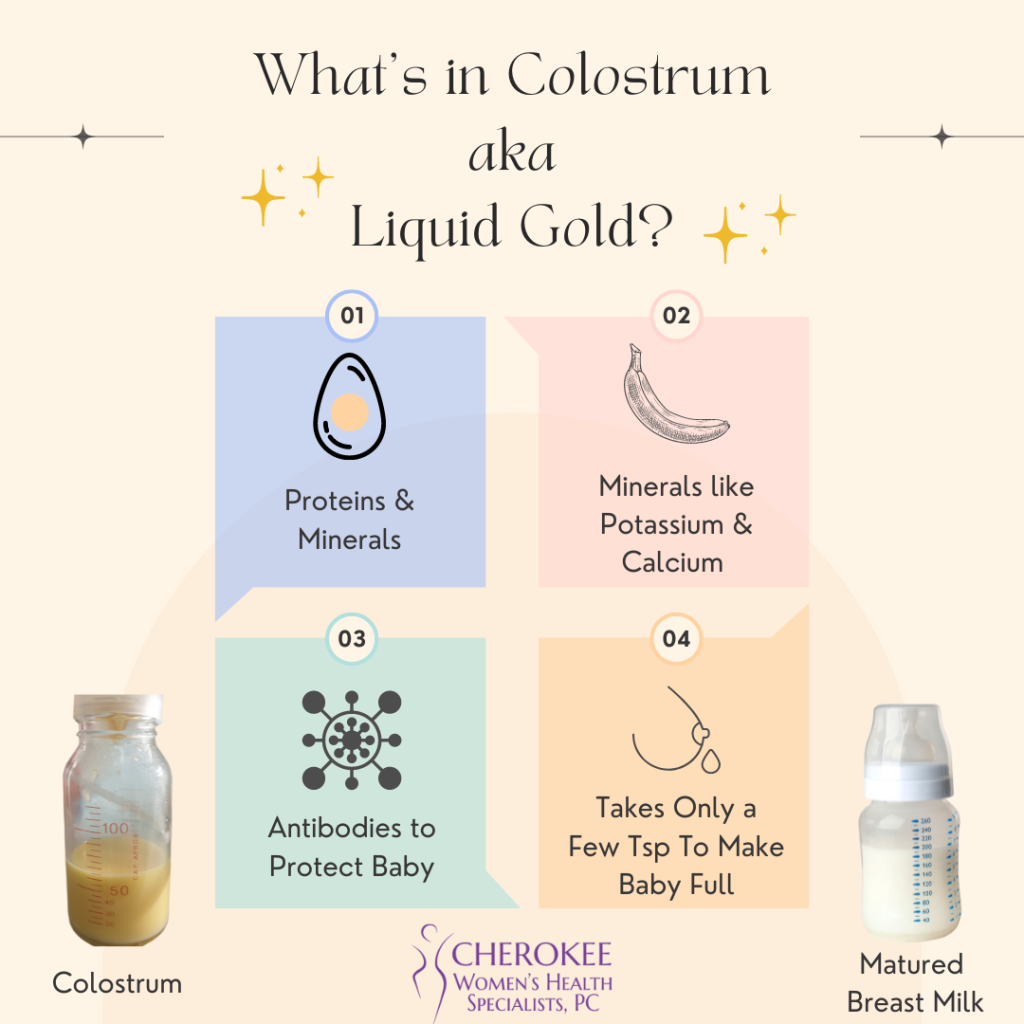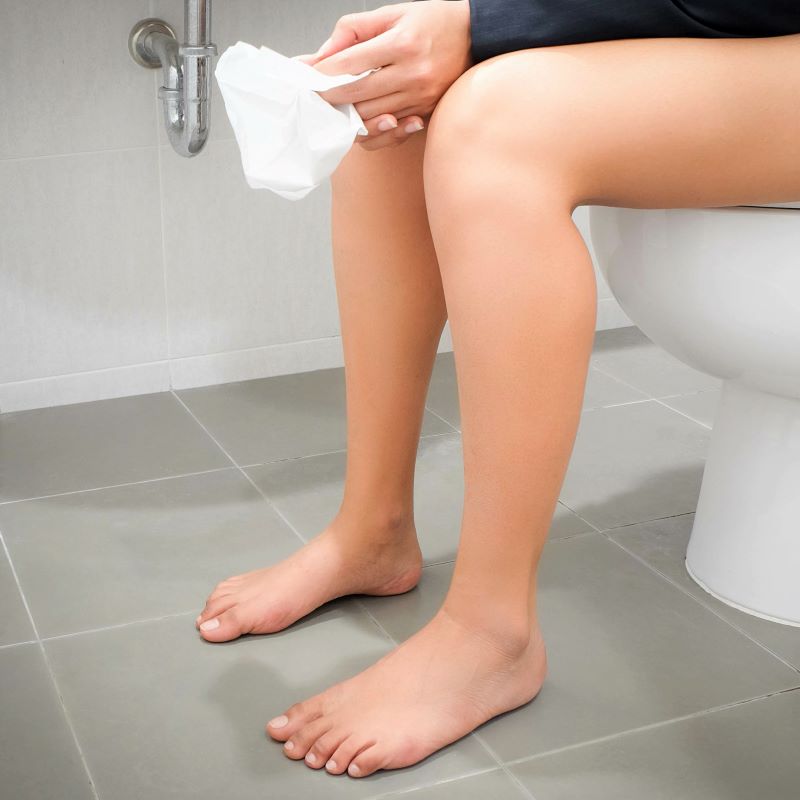Shacorra and her husband, Jerrod, were thrilled when they welcomed their first child — a healthy baby boy named Grayson. When Grayson was breech at 37 weeks and had to be delivered via an emergency C-section, they had no idea that would be just the first of many challenges they would have to endure throughout their parenthood journey. They were not prepared for the loss and grief to come, or for the pure joy they would ultimately experience. Within a year of Grayson’s birth, Shacorra was expecting again, but this time things did not go as well, and she lost the baby due to a miscarriage at seven weeks. While grieving for this child, Jerrod and Shacorra found they were expecting again. While they were excited to be expecting another baby boy, they were naturally very apprehensive that they’d suffer another miscarriage. Shacorra’s pregnancy progressed as planned but devastatingly, their beautiful baby boy, Rhyne, was stillborn at 34 weeks. Grief-stricken, Shacorra wondered why this happened to her. She was angry. She was sad. She even felt guilty, wondering if she had done something wrong. “What got me through was prayer and leaning on my family and friends. I had a great support system. I also feel everything is in God’s timing and that helped me to stay hopeful.” – Shacorra on how she endured the difficult times Pregnant Again With one toddler at home and two babies lost, Shacorra and Jerrod were surprised and thrilled to learn that they were pregnant again, but of course, they were nervous. Shacorra wanted to call the physician for every little ache or pain and felt like she needed her OB appointments closer together. But knowing that anxiety wasn’t good for her or the baby, she eventually learned to relax her mind. While she had a smooth pregnancy, Shacorra was diagnosed with cholestasis, a liver condition that occurs in late pregnancy that triggers intense itching. Thankfully, medicine relieved the symptoms and her pregnancy continued to go well. Shacorra went into labor at 37 weeks. Choosing to deliver via VBAC (vaginal birth after cesarean), baby boy Taylen joined the family! Another Pregnancy 6 Months Later! Six months after the birth of baby Taylen, Shacorra and Jerrod learned that they were pregnant again. Now living in Georgia, they were many hours away from their family and friends in North Carolina. Needing a local OB, Shacorra spent lots of time reading reviews in Woodstock and Canton areas of N. Georgia. After much research, she settled on Cherokee Women’s Health Specialists. The many excellent reviews she read led her to feel it was the right choice. Choosing Cherokee Women’s Health Shacorra’s pregnancy was quite typical, at least as typical as it can be during a pandemic. But because of Shacorra’s history, the physicians and certified nurse midwives at Cherokee Women’s watched her very closely. And then, at 39 weeks, Shacorra delivered another healthy baby boy named Kaz, again via a VBAC. “Cherokee Women’s Health delivered baby Kaz and they are the best! I truly trust them and loved having them there to deliver Kaz.” – Shacorra on Cherokee Women’s Health Another Loss, But Then More Joy While Shacorra and Jerrod were incredibly grateful to be parents to three healthy boys, they were devastated when they suffered yet another loss when Shacorra had an early miscarriage a little over six months after baby Kaz was born. Fast forward, and Shacorra and Jerrod learned that they were pregnant again. This time with their first baby girl! They chose Cherokee Women’s Health again to help them through her pregnancy and as before, Shacorra was monitored very closely throughout her pregnancy by the physicians and midwives. Welcome Baby Rhya! Everyone was thrilled when she made it to full term after having a smooth pregnancy. Then, Dr. Lisa McLeod welcomed baby Rhya into the world! “Dr. McLeod was great and helped me to have a calm labor. With all I had been through and being so far away from family and friends, I was so grateful for everyone at Cherokee Women’s Health. They treated me like family. They really showed they cared. They not only helped me with my physical health, but also with my mental and emotional health.” – Shacorra on the care she received from Dr. Lisa McLeod and the staff at Cherokee Women’s Health Shacorra says only God knows for sure what is next for Jerrod and their growing family, but one thing they know for sure is that Baby Rhya will be spoiled by her three big brothers. And she’s the first granddaughter in the family! “It’s still hard sometimes and I will never forget the losses we endured, but I will say that time has helped. Whatever comes our way, we will trust God and lean on our support system. Sometimes we go through situations not just for ourselves, but to be able to share our experiences to help and encourage others. And I as Philippians 4:13 says, ‘I can do all things through Christ who strengthens me’.” – Shacorra’s thoughts on strength Advice for Other Moms Suffering Loss In reflecting on all that has happened, Shacorra shared, “Some of us women are blessed to have every pregnancy a success, and some of us have losses. It’s important to express every emotion. Don’t keep it in. Know you are not alone and know that rainbows only come after storms. Things will get better.”














